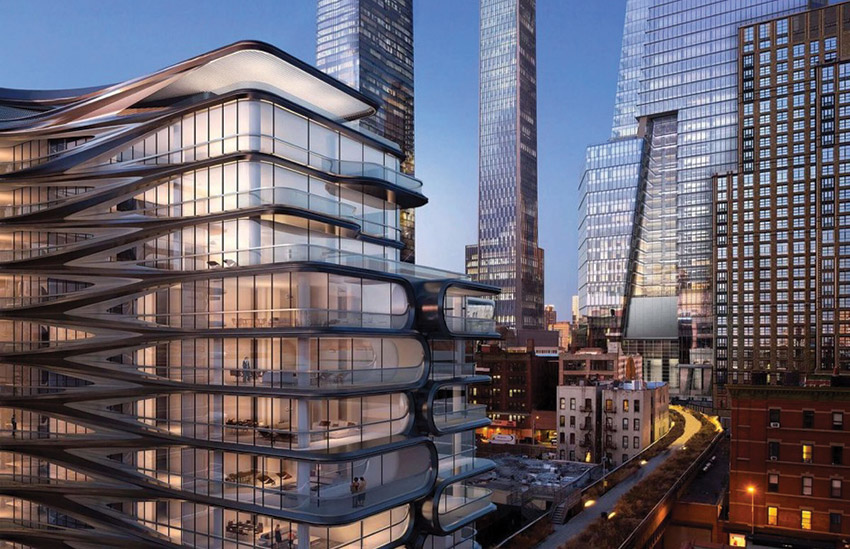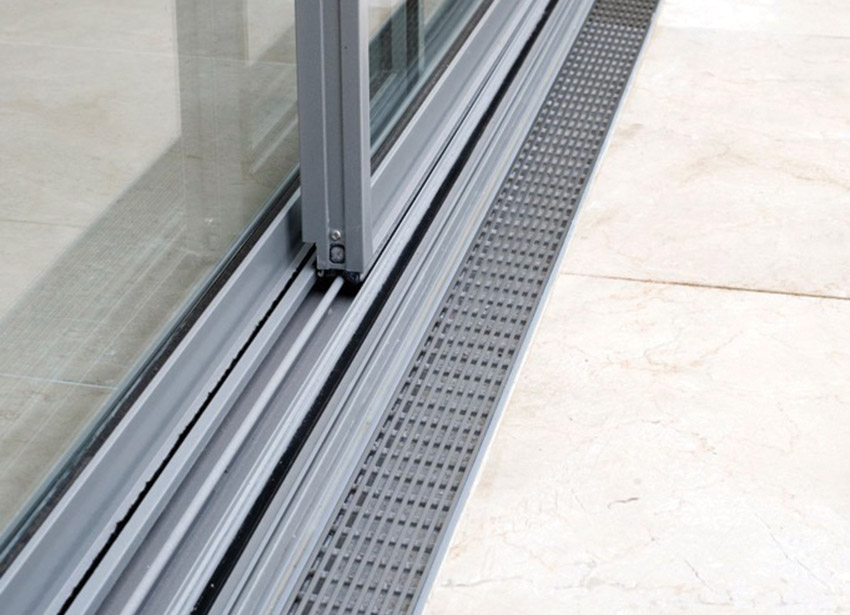Universal Design Incorporating Architectural Linear Drains
Learning Objectives:
- Identify and recognize the differences between accessible design and universal design to provide safety and accessibility in different building types.
- Investigate the types of integrated drainage systems that create well drained paths of travel and interior spaces, so they are attractive, fully accessible, and safe.
- Assess effective ways to provide universal design with integral drainage systems for floors.
- Recognize how the principles described in this course are applied to specific building types through project example case studies.
Credits:
This course is approved as a Structured Course
This course can be self-reported to the AANB, as per their CE Guidelines
Approved for structured learning
Approved for Core Learning
This course can be self-reported to the NLAA
Course may qualify for Learning Hours with NWTAA
Course eligible for OAA Learning Hours
This course is approved as a core course
This course can be self-reported for Learning Units to the Architectural Institute of British Columbia
The discussion of accessible design has moved beyond just meeting code and ADA requirements and into a broader sense of designing buildings that are inclusive for all people across all ages and ability levels without the need for substantial building modifications. This concept, referred to as Universal Design, has caught on in many situations to make life easier, healthier, and friendlier for all people. One component of Universal Design is to incorporate building features that accomplish the functional goals but blend in aesthetically so as not to be seen as distinct or separate items just for people with disabilities. In this course, these principles of Universal Design will be explored in general and by looking at specific different building types where they can be readily applied. In particular, architectural linear, or decorative drainage solutions are reviewed as examples of a needed building component that can be readily incorporated to address all these situations.

Photo courtesy of Infinity Drain
People of all ability levels need to access and use buildings. Universal Design strives at the broadest level, to address designing for diversity and equity.
PRINCIPLES OF UNIVERSAL DESIGN
The commonly accepted definition of Universal Design is "a process that enables and empowers a diverse population by improving human performance, health and wellness, and social participation" (Steinfeld and Maisel, 2012). In the context of building design, it means that all aspects of a building are universally usable by all people.
The concept of Universal Design has been developed over the past several decades by many different design and research groups. According to the Whole Building Design Guide (WBDG) from the National Institute of Building Sciences (NIBS) “The 'Principles of Universal Design' were developed by a team of U.S. experts organized by the Center on Universal Design at North Carolina State University in the 1990's. Accompanied by a set of guidelines for each Principle, they were a valuable tool for clarifying Universal Design for early adopters.” The seven Principles that were developed are:
- Equitable Use for all people of all ability levels
- Flexibility in Use of features and spaces
- Simple and Intuitive design
- Perceptible Information
- Tolerance for Error by the building users
- Low Physical Effort for any feature
- Size and Space for Approach and Use is adequate and functional.
Universal Design, based on meeting the principles above, has been contrasted with Accessible Design, which addresses specific accessibility requirements in a more prescriptive manner. The fundamental difference is that Universal Design is intended to provide building features that blend in and don’t require extra cost or separate design solutions for able-bodied and disabled people. Some examples of this include:
- Building Access Accessible buildings commonly include an entry with a ramp at the side that is out of the way for visitors who need it but meets code requirements. Universal Design would more commonly incorporate a no-step building entry that everyone can use easily and together, eliminating the need for a separate ramp.
- Space Designs A custom-designed accessible home may be based on an existing floor plan and layout but requires additional costs for redesign and custom construction details in specific spaces such as bathrooms, kitchens, entries, etc. A universally designed home should incorporate features usable by all into the normal components of a home without needing to identify separate or extra “accessibility costs.”
- Full Building Design Often, only a portion of a building is considered for full accessibility, such as a hotel that has only the code-required percentage of accessible rooms. By contrast, a hotel that has 100 percent universally designed rooms in a variety of types would be consistent with the principles of Universal Design.
In short, Universal Design makes life easier, healthier, and friendlier for all, with design features that allow everyone to use them. It also reduces any social stigma by putting people with disabilities on an equal playing field with everyone else. For building owners, it reduces the economic burden of separate or special building features to accommodate users with universally addressable needs.

Photo courtesy of Infinity Drain
Providing no-step access between building interiors and balconies or terraces with recessed water drainage is one way that Universal Design can make life easier for everyone, regardless of ability level.
Applying Universal Design
For the most part, incorporating Universal Design into buildings has been the task of the individual design professionals involved in a project. However, in 2018, the “innovative solutions for Universal Design” (isUD) program was launched. This program was developed at the University at Buffalo's Center for Inclusive Design and Environmental Access, School of Architecture and Planning. A multidisciplinary group of experts has worked together to create more than 500 Universal Design solutions related to commercial buildings. As such, this resource facilitates integrating Universal Design at all stages of a project. (Information available at https://thisisUD.com).
With tools like isUD and others, architects and the broader community of design professionals can address implementation of the Universal Design principles in several settings, including:
- Social Justice: While initially focused on disability rights, Universal Design has been used to focus on many civil rights issues since design for diversity is concerned with social justice for all. Universal Design can therefore be used to support access to housing, education, healthcare, transportation, and other buildings that provide resources to society. Universal Design is particularly appropriate in the context of design for low-income minority groups, which often have higher rates of disability than the general population.
- Workplace: Universal Design is becoming more critical in workplace environments for a variety of reasons. First, a low level of unemployment often means that older workers and those with disabilities are more prevalent in more workplaces and can be direct beneficiaries of Universal Design.
That can make them more productive, improve morale, and help address general safety needs. Second, the general population and workplaces overall are becoming more diverse and inclusive. Providing Universal Design in a workplace environment can help employers attract and keep a broad and diverse workforce. Finally, Universal Design incorporated into the workplace can help increase participation in the workforce of people with disabilities. For employers, that can help to ensure that fewer accommodations will be needed when an employee does have a disability.
- Public Facilities: Any building or system that is open to the public, such as stores, restaurants, amusement parks, parks, recreation facilities, street rights-of-way, and transportation systems can all achieve greater inclusivity of use through Universal Design. Not only does it benefit those who need some accommodation, it provides the community with a greater diversity of people who are engaged in civic affairs, employment, recreation, education, and community mobility.
While all these applications and concepts are appealing, proponents of Universal Design recognize that products and environments can never be fully usable by every person everywhere. Nonetheless, building design, operational services, management practices, and policies can all benefit from a Universal Design approach. Therefore, Universal Design should be considered an ongoing process rather than simply a final building design. To achieve improved usability, health, and social participation, attention to more than just the built environment will always be needed.

















